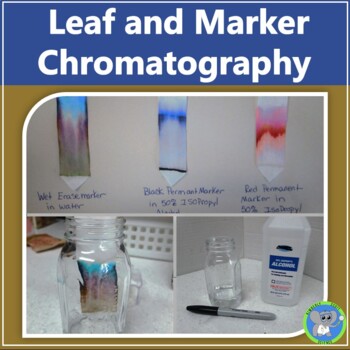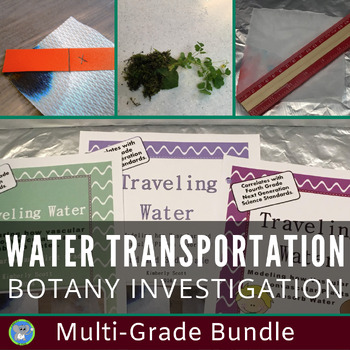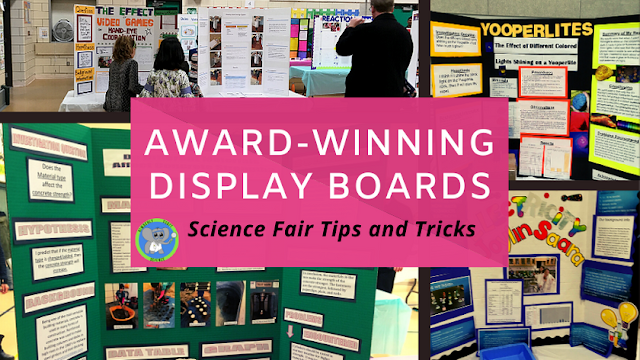Leaf Chromatography Experiment
Leaf Chromatography is great in the fall but can be done any time of year. If leaves are not available, you can use house plants. You can even separate the colors in markers.
What is Chromatography?
Chromatography basically means “to write with colors.” It is the process of separating a mixture by passing it through a medium in which the different components of the mixture move at different rates. Russian botanist M.S. Tsewtt discovered paper chromatography in 1903. He was able to separate the pigments in plants. Paper chromatography is now used to determine the purity and makeup of many compounds. In paper chromatography, the mixture is dissolved in a liquid, and the medium it will travel through is the filter paper. How well the pigments separate is dependent on how well they travel up the paper and how soluble they are in the solvent.
 |
| A black marker is separated into its' colors with water and a paper towel. |
Leaf Chromatography
Plants need sunlight to perform the process of photosynthesis. The leaves contain brightly colored pigments that are essential in light absorption. The pigment chlorophyll is the most important. Chlorophyll A is bluish-green and chlorophyll B is yellowish-green. Other pigments are xanthophyll and carotenoids. Xanthophyll is yellow, and carotenoids are orange. During peak growing season, plants contain mostly chlorophyll. This is why most plants appear green. The other pigments are still there, but they are masked by chlorophyll. Using Chromatography, we can separate those colors.
Solubility is how well a substance can dissolve in a solvent. The pigments in leaves are very soluble in acetone, which is found in nail polish remover. They will also dissolve in rubbing alcohol.
When the filter paper is placed into the nail polish remover, the liquid travels up the paper. When the nail polish remover reaches the green plant line, the pigments dissolve into the liquid.
The least soluble pigments appear first on the filter paper. They are the heavier pigments. The more soluble the pigment, the further it will travel on the paper. The pigment that travels the furthest is the lightest of all the pigments. The colors you see tell you what pigments are most present in that leaf.
Spinach contains lots of green and yellow. Other leaves can be tested too. Spinach works well because it is a thick leaf with lots of moisture. It will make a nice line on the filter paper.
When fall approaches, the leaves will start to break down the chlorophyll. This reveals the other pigments in the leaves. The pigments were always there but hidden by the amount of chlorophyll.
Remember to always follow good lab practices when working with chemicals. Students should wear goggles. The room should be well-ventilated.
More Chromatography Fun
There are many types of chromatography you can do. Marker chromatography is great. Water-soluble markers are a great option for any grade level. Permanent markers need rubbing alcohol and need a well-ventilated area.
Chromatography can be used to explore how water travels up plants. Using different types of paper helps teach about vascular and nonvascular plants.
SHOP THIS POST
LEARN MORE










